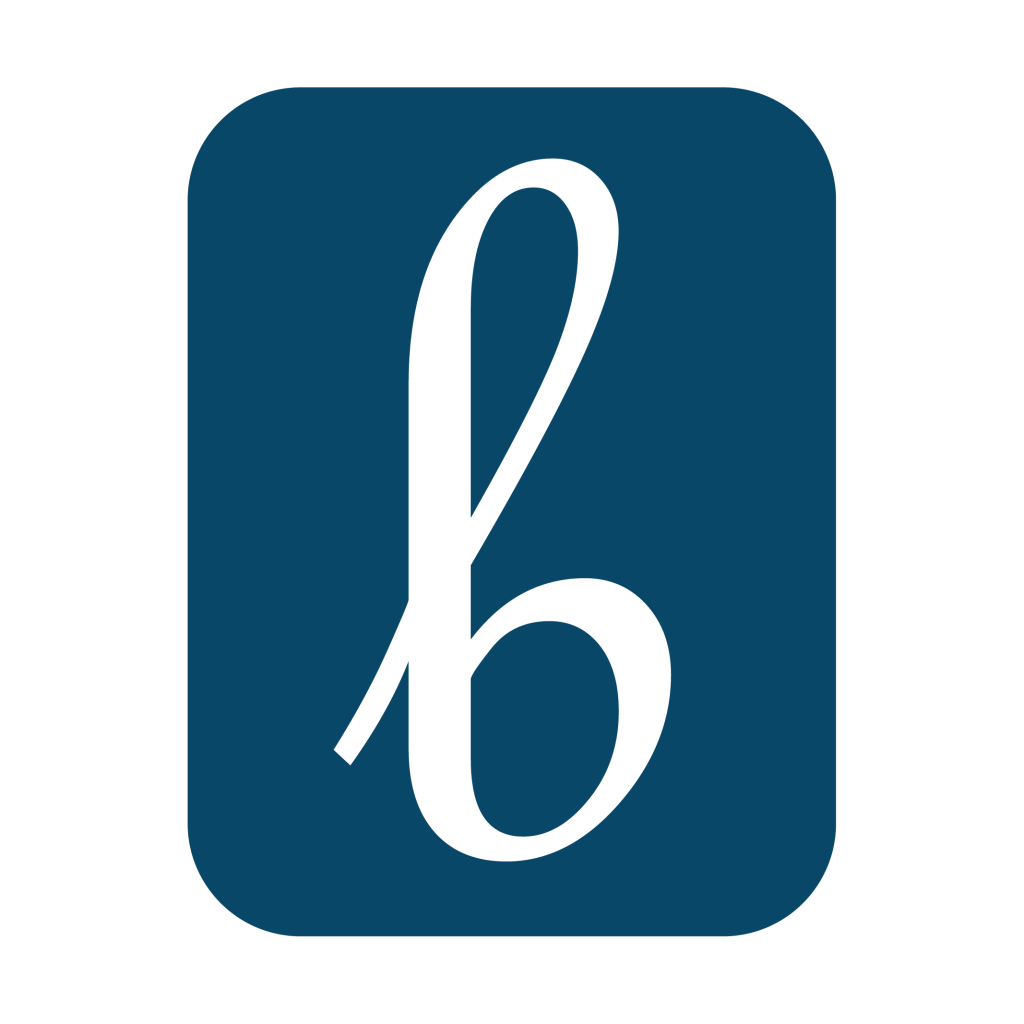Looking for the best language learning apps of 2024? As global connectivity grows, mastering new languages is crucial. Whether advancing your career, connecting with people worldwide, or challenging yourself, learning a new language offers valuable benefits. Explore top apps to enhance your skills and embrace new opportunities in our interconnected world. The digital age has changed the way we do this job by giving us a wide range of apps that can meet the needs of all learners. But there are so many choices that it can take a lot of work to pick the right one. So, to help you find your way around the huge world of language learning apps, we’ve put together a list of the 8 Best Language Learning Apps of 2024.
This detailed guide lists the best and worst features, pros, and cons of each app so you can choose the best language learning apps. These top-rated apps will help you reach your language goals in 2024, whether you’re a beginner or want to improve your skills. Jump in and check out the tools that can change the way you learn a language!
Do Language Learning Apps Work?
Language learning apps are a popular way to improve your language skills because they are easy to use and available to everyone. However, mastery usually takes more than just learning with apps. A review from Columbia University says that these apps often fail in three areas:
- They don’t give enough feedback on usage.
- They need to change to different learning styles.
- They only teach words.
Talking to real people is still an important part of learning a language, so it’s important to pick apps that let you talk to native speakers.
Additionally, effective apps should incorporate real-life scenarios, cultural context, and storytelling to enrich the learning experience. Apps can help you learn basic words and language, but they work best when used with other learning tools, like classes or interactive experiences. A study from Michigan State University found that Babbel not only helped students improve their spelling and vocabulary but also helped them communicate better in person. This makes it one of the best language apps out there.
1. Best Overall: Babbel
Babbel is a great choice for anyone who wants to learn a language completely. It gives you a strong basis in language by going over special vowels and consonants and how to say them correctly before moving on to everyday speaking situations. The fill-in-the-blank talks and the fact that you can pick classes on different subjects without having to follow a set order make the app stand out. Babbel’s focus on teaching grammar rules while you practice helps you understand them better. Podcasts, games, and the option to book live online classes with language teachers make the learning process more flexible.
But Babbel’s free trial only lets you try out one lesson per language. The app doesn’t have any game-like features that make other apps more fun to use, and some lessons can feel dull and repeated. Speech recognition can also be glitchy at times, which makes it hard to get perfect sound.
2. Best Free Language Learning Apps: Duolingo
The addictive game-like nature of Duolingo draws people in and makes learning a language fun and interesting. Duolingo’s sleek look and simple interface encourage users to keep up daily runs as they move through organized courses. From social situations to language, each lesson covers a wide range of topics and uses a variety of teaching methods, such as stories, games, and tips. Along with standard reading and writing tasks, the site has grown to include videos and stories.
However, the speech and listening sections are still limited. The new GPT-powered robot that Duolingo added recently makes the experience better, but it costs a lot to subscribe. There is a lot of material in the free version, but it has ads and a daily heart limit, which can make mistakes annoying. If you pay for Duolingo Plus, these restrictions go away, letting you learn without seeing ads when you’re not online. Duolingo has a lot of good points, but more is needed to become fluent on its own.
3. For Casual Conversation: Memrise
Memrise is a great app for tourists or casual learners who want to learn new words and use them in daily talk. Its Android app is easy to use and uses flashcards and spaced repetition to help you remember words and sentences. The site also has language lessons and speech-recognition tasks that are easy for newbies to do and are good for them. The “Learning With Locals” video clips are one of the best parts. In these, words are spoken by local speakers, which makes learning more real.
The app is designed to be fun, so users are more likely to set goals and keep coming back. A lot of the material is also free. Memrise does focus on words, though, and the web app isn’t as well-made as the mobile app. The tasks can get boring after a while, and more advanced students may feel that the app could be more deep. User-generated material also adds variety, but the quality can sometimes be different. The GPT-powered MemBot lets you practice talking to people, but you have to pay to use it.
4. For Peer Review: Busuu
Busuu is an organized way to learn a language that combines talks, grammar drills, and notes. It divides lessons into parts that are based on real events. This makes the learning process feel smooth and unified. Its peer review method, in which native speakers give you feedback on your spoken and written work, is what makes it stand out. Having these conversations builds community and makes learning more fun. Plus, Busuu has live lessons, both in groups and one-on-one, which makes it even better.
There are 14 languages to choose from, so the level of the lessons can vary. Some users may find that certain languages are better supported than others. One example is that Spanish lessons are often praised. Typing tasks can get boring, though, and group feedback is only sometimes helpful. Basic lessons are free, but a Premium contract gets rid of ads, lets you access more material, gives you AI-powered reviews, and gives you awards, making it a better choice all around.
5. For Live Classes: Lingoda
Lingoda lets you take lessons online through Zoom, where you can practice speaking with live people in any language you choose. You can join these hour-long classes at any time, so it’s easy to find one that works for you. For an extra fee, you can have lessons with just one person, or you can choose to work with a small group of up to five people. You can take classes in English, Business English, French, Spanish, and German. Five group lessons start at $76 per month.
Live lessons can be expensive, and the experience can be different based on the teacher and other students. However, getting comments from experienced teachers in real-time is very helpful. Zoom can only be used with a stable internet link because the platform doesn’t have an app. Even with these problems, Lingoda is still a great choice for people who want to learn a language in an organized and dynamic way.
6. A Visual Vocabulary Builder: Drops
Drops is an app that helps people who learn best by building their knowledge in one of the 39 languages it supports. Users can pick daily tasks and groups, such as “food” or “business.” They can then take part in interactive events where words are spoken out loud and shown in pictures. The app is easy to use and fun. Word drops fall from the top of the screen, and users have to tap, drag, and pair pictures to learn new words. Drops is great for practicing words through repeating, but it doesn’t offer grammar, speech, or voice practice. This means that it’s more of a supplement than a complete app for learning a language.
Users may not like some parts of Drops, like having to enter payment information for the seven-day free trial and the complicated process for canceling. It costs $13 a month, $70 a year, or $160 to be a member of Drops Premium forever.
Honorable Mentions: More Language Apps
Even though the best language learning apps are great, other tools can make your trip easier. Here are some worthy comments that you might want to think about:
- Lingvist ($10 per month): When you want to improve your knowledge quickly, Lingvist recommends using flashcards. The app changes based on your progress and includes spelling and quiz parts as well as word lists that you can customize. It’s easy to use and great for fast, focused learning lessons.
- DuoCards (Free): Another flashcard app with spaced repeats is DuoCards. It lets you make your lessons, but the free version has ads and limits the amount of cards you can make. It can help you build your knowledge, but it works best when used with other materials.
- Immerse ($24 per month): You need a Meta Quest 2 gear to use Immerse virtual reality language lessons. This is a one-of-a-kind way to learn a language that focuses on education and community, but it costs a lot ($4 lessons per month).
- Pimsleur ($15 per month): This method was created by Dr. Paul Pimsleur and is based on listening to and repeating things. It’s helpful for learning while doing other things, but because it only uses a few words, it can feel slow and formal.
- Learn French TV5MONDE (Free): For people who are learning French, this app has tasks and TV show clips that will help you get better at the language with real accents. It works on both Android and iOS and lets you learn in a way that fits your hobbies.
These apps can help you learn a language because they give you different ways to practice and improve your skills.









